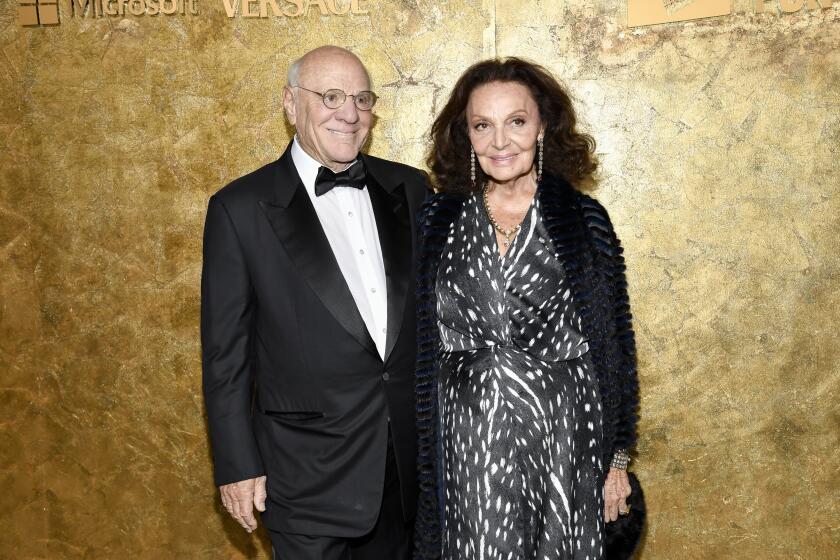Schidlof Quartet Shows Grace in ‘Terezin Ghetto Requiem’
- Share via
The triumph of the human spirit in the Terezin concentration camp was expressed in an amazing artistic efflorescence, including performances of Verdi’s Requiem under horrifying conditions. Sylvie Bodorova’s 1997 “Terezin Ghetto Requiem” paid moving tribute to that spirit Sunday, as centerpiece of the Schidlof Quartet’s Chamber Music in Historic Sites program at the Wilshire Boulevard Temple.
Bodorova intermingles Jewish prayers with the traditional Latin texts in her three-part Requiem. In the opening Lacrymosa, the Latin is sublimated in a quotation from Verdi, while a baritone sings “Shema Yisrael.”
Surrounded by modal string fragments and intoned by Richard Lalli with cantorial inflection and focused sound, the ancient confession--also etched in the glass windows of the temple--held poignant power.
The Dies Irae is a letdown, stereotypical in its turbulence and unconvincing in its abrupt conclusion. The move to the major mode for the final movement’s benediction--almost a Broadway lullaby--is more compelling.
The Schidlofs--violinists Ofer Falk and Andrew Storey, violist Graham Oppenheimer and cellist Bridget MacRae--handled their accompaniment with characteristic flair. They contributed a bit to the sense of frantic scramble at the close of that Dies Irae, but generally supported Lalli and the vocal line with pertinent grace.
They found greater scope for their powers of integration and expression in Viktor Ullmann’s compact Quartet No. 3, which was composed in Terezin.
With jagged riff storms and a wonderfully slow and intense 12-tone canon, this piece embodies the resilience and affirmation that Bodorova salutes.
To close there was Mendelssohn’s Opus 13 Quartet in A. Perhaps it was an emotional spillover from the Terezin works, but the Adagio and Intermezzo ran on real passion here rather than charming sentiment, in a darker ride than usual.
More to Read
The biggest entertainment stories
Get our big stories about Hollywood, film, television, music, arts, culture and more right in your inbox as soon as they publish.
You may occasionally receive promotional content from the Los Angeles Times.









